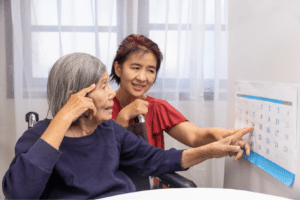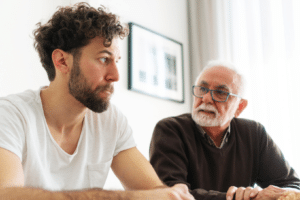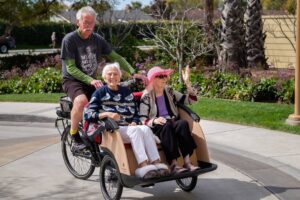It’s no secret that natural light can transform a space, or that it has a tangible effect on the people who live and work there. The difference between a basement office with no fluorescent lights and a corner apartment with floor-to-ceiling windows is – please forgive the pun – like night and day. Simply put, natural light makes people feel better!
It was on the basis of this idea that University of Southern California Assistant Professor of Architecture Kyle Konis created a study to explore the effect of natural light even further.
Konis, who received his doctorate from the University of California, Berkeley, knew that people who work in spaces that have daylight exposure are more content and productive, while those without much exposure to daylight, such as nightshift workers, are more prone to obesity and Type 2 Diabetes. The logical next step, he said, was to think about groups that might be hardest hit by “poorly functioning indoor environments.” That’s how he came up with a pilot study looking at the impacts of daylighting on older adults living with dementia.
Daylight first, medication second
Konis and his team looked at about 80 participants across eight dementia communities in Los Angeles and Orange counties. His study showed that early morning exposure to natural light improved the mood of residents, reducing depression and psychoactive symptoms, which are common side effects of the neurodegenerative disease.
The hope is to use the pilot study results to kickstart more research on the subject. He said dementia treatment is often, and rightfully, focused first and foremost on delaying memory, learning, and language degradation. What is often overlooked is the depression, agitation, and difficulty sleeping that often comes along with a dementia diagnosis. Lack of exposure to daylight leaves people feeling moody and sluggish, a feeling similar to jet lag. While depression can be treated pharmacologically, there are other options, like mindfulness and meditation. Konis hopes that his study and further research will allow some dementia sufferers to live happier, healthier lives without the need for medication.
Other research backs Konis up
Konis isn’t alone in his pursuit, either. In the Netherlands, there is a village-like community for older adults with dementia called Hogeweyk. They live in houses just like their old homes, they have gardens, and they shop at the local grocery using special currency. And in the United States, the Green House Project is taking a similar approach. The Green House Project, a national non-profit dedicated to creating alternative living environments to traditional nursing home care facilities, also mimics the feeling of home by giving their campuses the look and feel of a residential neighborhood. “This is a disease or problem that’s been almost totally focused on pharmaceutical cures. There are lots of other things we can do to make a difference,” said Victor Regnier, a professor who has dual appointments in gerontology and architecture at USC. “If you can create a setting [like Hogeweyk or Green House] that’s more normalized — less rules and more improvisational attitudes — it’s just better.”
Environment clearly has an impact
While Regnier and others look at the broader environmental impact on dementia patients, Konis said he hopes to continue his research on the effects of natural light. As the dementia population is predicted to dramatically increase in the coming decades, Konis’ research could be hugely impactful.
“There’s a huge demand now for housing people with dementia,” he said. “Dementia care, in terms of the companies that operate them, they’re buying existing medical facilities or hotels and repurposing those buildings. They’re not always thoughtfully designed from the ground up.”







